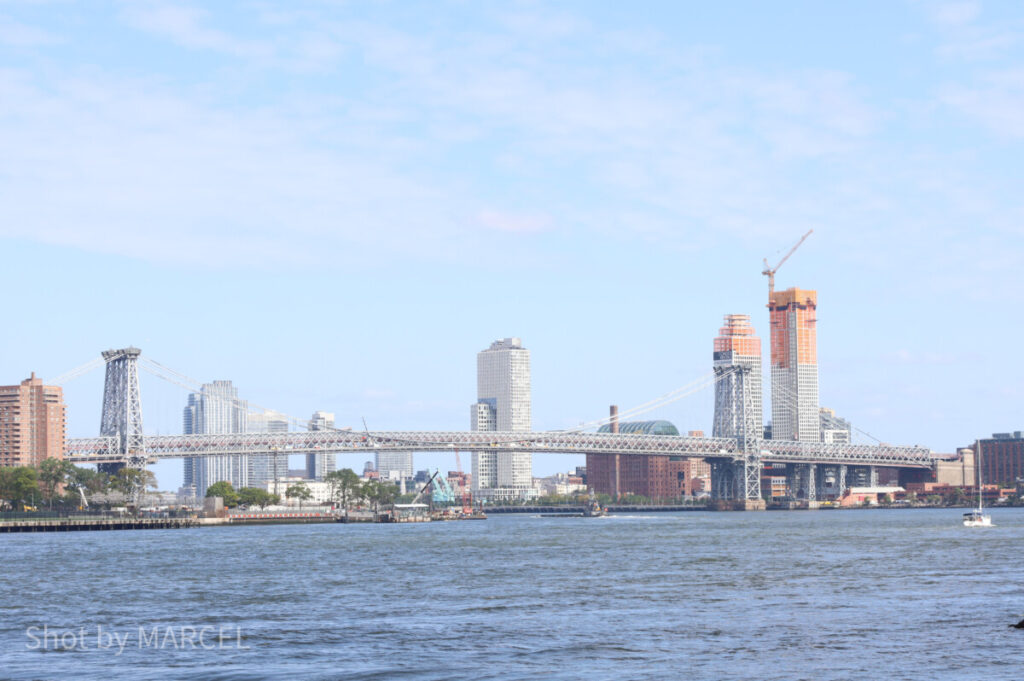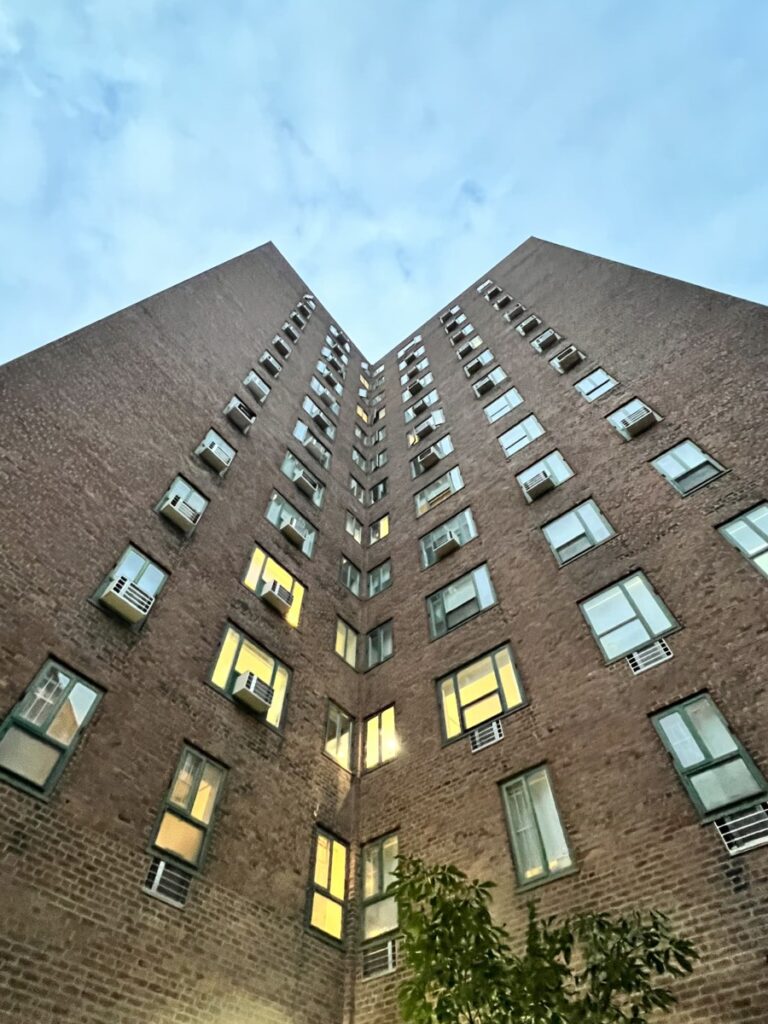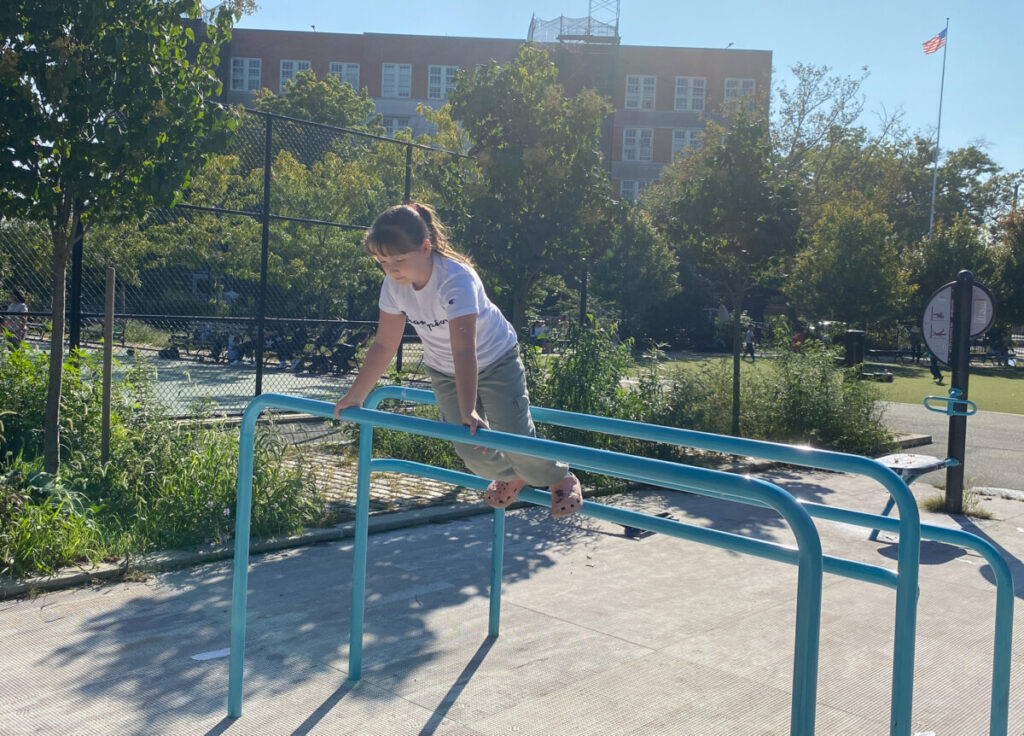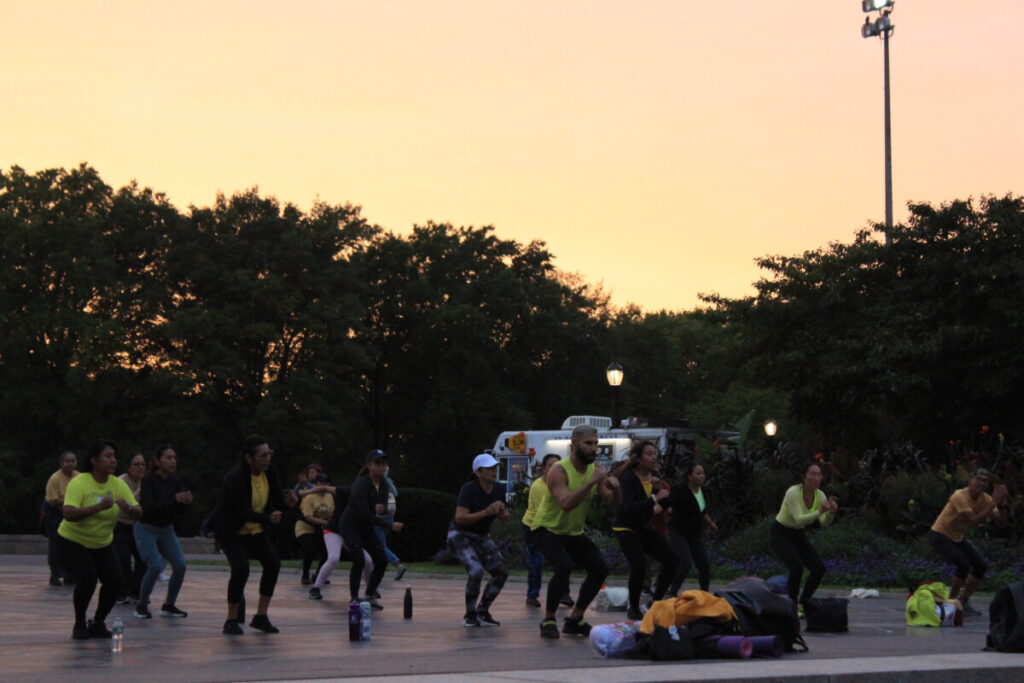Take portraits of your classmates in outdoor diffused light using reflectors and fill flash.
Start with using a reflector. Have your model stand with the sun to their back. use the reflector to reflect light back into their face. Hold the reflector higher for a more pleasing result.
Then try fill flash. You don’t want to cast any shadows on the face just brighten it.
Use your widest aperture. You may need to use a fast shutter speed to compensate. When using flash, make sure to set it to High Speed Sync (HSS) in order to be able to use a shutter speed faster than the sync speed.

Put your 20 best outdoor portraits in an album on Flickr and send the best two to the class group.








Recent Comments